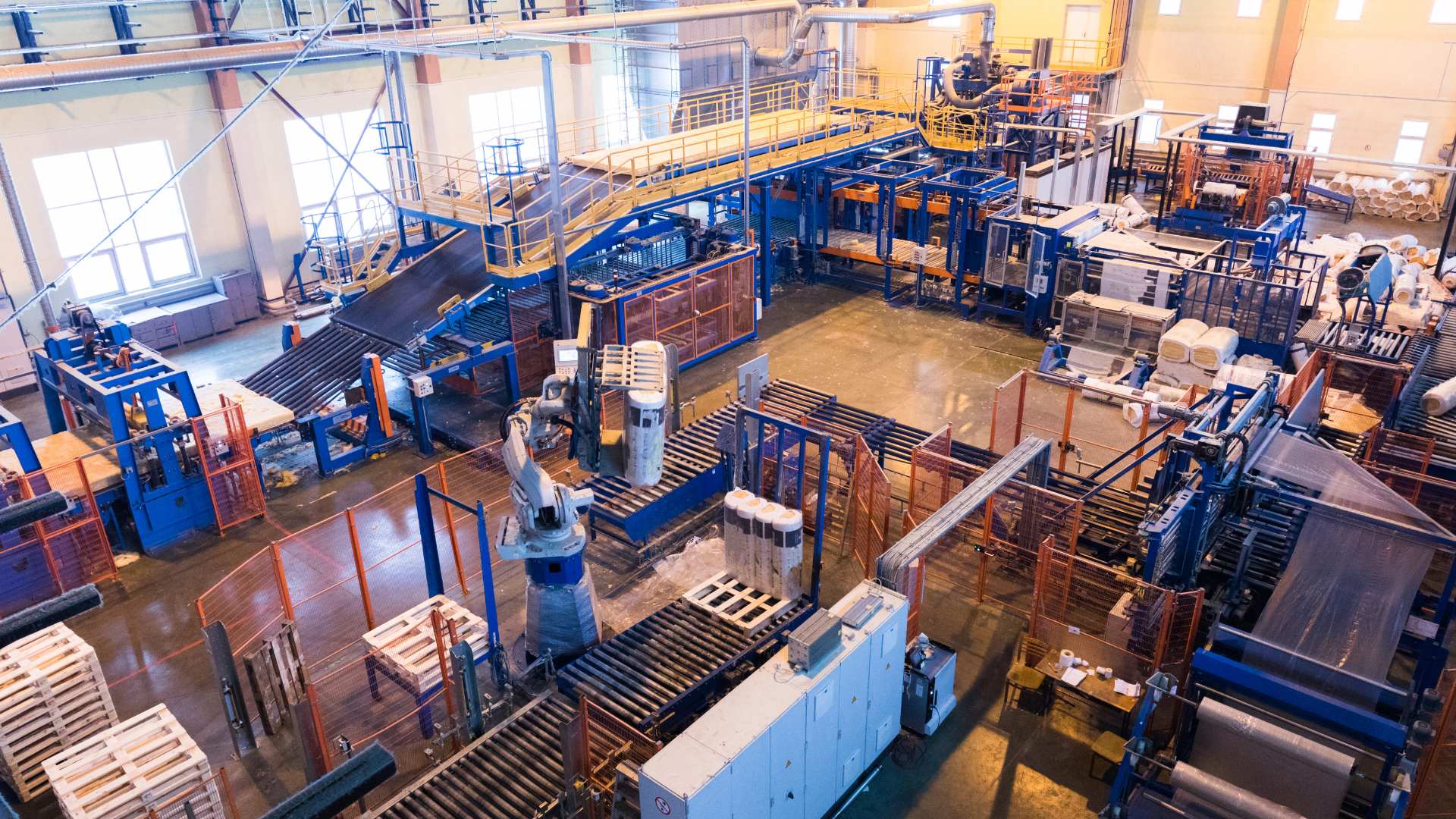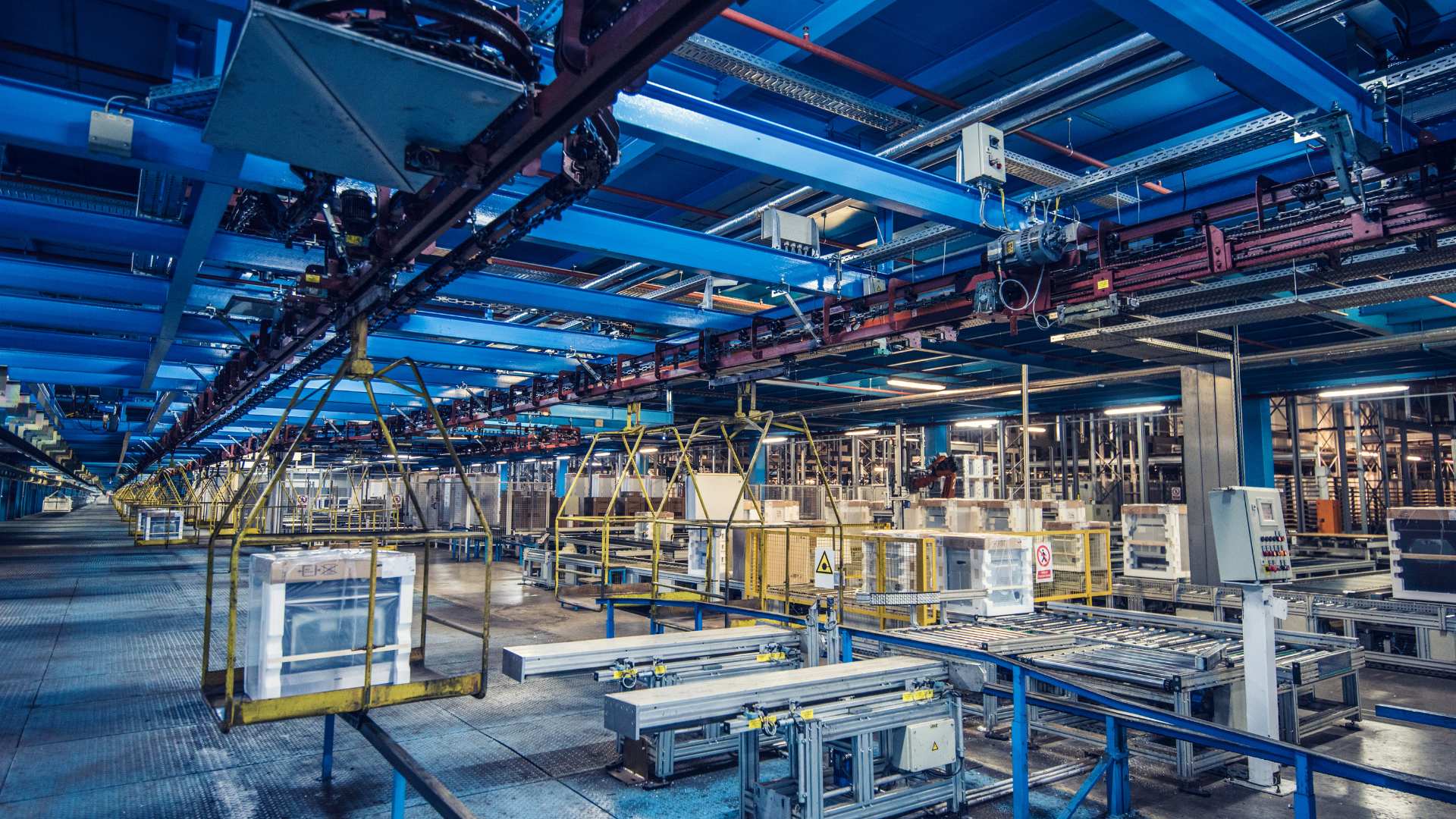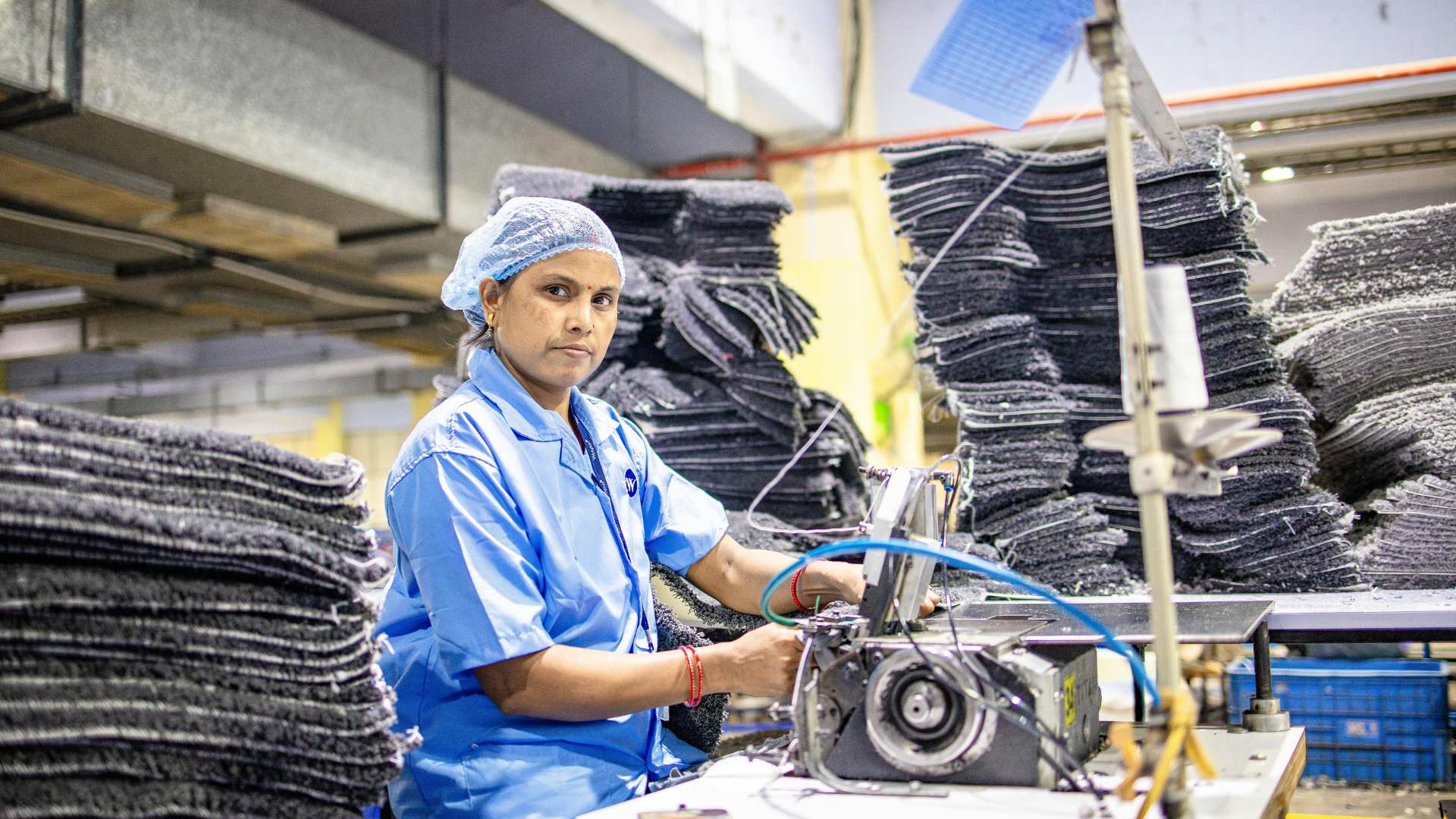How to Mitigate Product Defects Through Manufacturing Efficiency and Quality Control

In the ever-evolving landscape of modern manufacturing, product quality is not a luxury; it’s a necessity. As markets become increasingly competitive and customer expectations rise, businesses cannot afford the costly repercussions of defective products. In 2024, manufacturing defects continue to plague industries, damaging reputations, impacting ROI, and undermining brand trust.
In this blog, we delve into why manufacturing efficiency is a foundational pillar in mitigating these defects and ensuring robust quality control, focusing on integrating advanced technologies and methodologies that align with cutting-edge solutions.
What Are the Real Costs of Manufacturing Defects?
Product defects are not just production anomalies, but liabilities. Defects disrupt the flow of operations and have lasting implications:
Operational Downtime: Every defective unit results in delays, especially when rework or replacement is required.
Reduced Productivity: Resources are diverted from standard operations to fix or rework errors.
Reputation Damage: Recurring defects diminish customer trust and can irreparably tarnish a brand’s image.
Financial Loss: Direct costs from waste and rework, indirect costs from missed deadlines, and potential litigation.
Increased Lead Time: Delays due to inspections, rework, or reprocessing create bottlenecks across the supply chain.
These issues aren't merely byproducts of bad luck; they are often the result of systemic inefficiencies that can be controlled and eliminated.
Why Is Manufacturing Efficiency Critical in Preventing Product Defects?

Manufacturing efficiency refers to the ability to produce high-quality products using minimal time, resources, and waste. It directly correlates with product quality for several reasons:
Reduces Process Variability: Efficient systems minimise variability in production, ensuring consistent quality.
Improves Resource Utilisation: Efficient operations use labour and materials effectively, reducing the likelihood of errors.
Enables Proactive Quality Control: Efficient systems are easier to monitor, allowing for quicker identification of deviations.
Supports Compliance: Meeting industry and safety standards becomes easier with consistent, high-quality output.
Common Scenario:
If a manufacturer experiences frequent downtime due to unplanned machine maintenance, it often leads to rushed production and increased errors. Implementing efficient predictive maintenance through IoT sensors reduces this downtime and maintains product consistency.
How Can Process Automation Improve Product Quality?
Automation minimises human intervention in repetitive or high-precision tasks, which in turn reduces the potential for error. Robotic systems and programmable machinery can execute complex operations with a level of accuracy that far exceeds manual labour.
For example, in assembly lines, automation ensures each component is placed and secured with consistent force and alignment, preventing subtle errors that could escalate into major quality issues.
In quality control, automation introduces consistency through machine vision systems that inspect dimensions, colour, surface finish, and alignment at speeds and precision levels unattainable by the human eye. These systems can be trained using AI to detect even rare anomalies, continuously improving inspection capabilities.
Examples of automation include:
CNC (Computer Numerical Control) systems for precision machining
Automated material handling and sorting
Robotic arms for packaging and assembly
Even when automation is employed, strategic human oversight ensures that systems remain adaptive and flexible.
How Does Training and Skill Development Prevent Defects?

According to industry data, human error remains the number one cause of production defects. To mitigate this, manufacturers must invest in:
Interactive Training Modules: AR and VR training platforms simulate real-world scenarios, speeding up learning without risking quality.
Onboarding Programs: New staff must be equipped with standard procedures, safety practices, and equipment-specific knowledge.
Upskilling Veteran Workers: As new technologies are integrated, even experienced workers need updated skills.
What Role Do SOPs and Digital Work Instructions Play?
Standard Operating Procedures (SOPs) and work instructions are essential in reducing process ambiguity:
Digitised SOPs: Replace paper-based manuals with cloud-based instructions accessible via mobile or smart glasses.
Visual Guides: Augmented reality overlays assist workers in real-time, highlighting steps and potential error points.
Standardisation: Reduces variability across shifts and workers, ensuring consistent execution.
Studies show that facilities with standardised digital work instructions report up to a 30% reduction in rework.
Which Technologies Enhance Manufacturing Efficiency and Quality Control?

The convergence of digital technologies is redefining manufacturing standards. Some key innovations include:
1. Augmented Reality (AR)
AR assists operators during complex assemblies by overlaying step-by-step instructions, minimising the likelihood of omissions or misalignments. These same AR platforms can also be used to guide quality inspections, ensuring consistency across multiple inspectors and shifts.
2. Internet of Things (IoT)
IoT enables condition-based monitoring of equipment and processes. Sensors embedded in machines collect data on variables such as vibration, temperature, and pressure. This data is analysed in real-time to detect anomalies and send alerts before a malfunction occurs, significantly reducing downtime and defective output.
3. Artificial Intelligence (AI)
AI further elevates quality control by identifying patterns that human analysts might miss. It can predict defect trends, recommend process optimisations, and even simulate the effects of changes before implementation. These predictive insights allow manufacturers to address issues proactively rather than reactively.
4. Blockchain with Traceability Solution
Blockchain technology brings a transformative edge to quality control and manufacturing efficiency by establishing an immutable and transparent ledger of all activities across the production and supply chain. Unlike traditional databases, blockchain ensures that every transaction or quality check is recorded in a tamper-proof, time-stamped block, creating a single source of truth accessible to all authorised stakeholders.
These technologies collectively contribute to smarter, leaner, and more agile manufacturing systems.
What Methodologies Support Defect Reduction?
Root Cause Analysis (RCA)
RCA is a structured approach to identifying the underlying cause of defects:
Utilises tools like the 5 Whys, Fishbone diagrams, and Pareto charts
Focuses corrective actions on the true source of the problem
Prevents recurrence and unnecessary rework
Statistical Process Control (SPC)
SPC uses statistical methods to monitor and control production:
Identifies process drift before defects occur
Enables proactive quality assurance
Improves predictability, reducing overcorrections and inconsistencies
When integrated into digital manufacturing systems, these methodologies create a feedback loop of continuous improvement.
How Does Rework Impact Manufacturing Efficiency?
Rework is not merely an inconvenience; it is a hidden cost that compounds inefficiencies:
Consumes labour and machine time without adding new value
Extends delivery timelines
Creates bottlenecks that affect throughput
Minimising rework through early defect detection, real-time data monitoring, and clear SOPs leads to substantial gains in ROI.
What Are the Benefits of Integrating Quality Control with Brand Protection?
Integrating manufacturing efficiency with solutions like Acviss Origin allows manufacturers to:
Secure the supply chain: Prevent any unauthorised access, pilferage, or exploitation of the supply chain, ensure complete integrity with full visibility.
Verify Product Authenticity: Secure labelling solutions help customers confirm product genuineness
Gain Consumer Trust: Transparent manufacturing backed by real-time data builds brand loyalty
Embedding quality control into brand protection not only reduces defects but also defends their market position against counterfeits.
What Should Be Your Next Steps?
Manufacturing excellence doesn’t happen by accident. It’s built on a foundation of efficiency, supported by advanced technology, guided by data, and executed by trained professionals. To move forward:
Audit your existing manufacturing workflows
Identify bottlenecks and recurring defect patterns
Invest in scalable technology like AR, IoT, AI, and blockchain
Standardise and digitise your quality procedures
Train your workforce continuously
Companies like Acviss help ensure quality doesn’t stop at the factory floor but extends into product authentication and consumer interaction.
Final Thoughts
Reducing product defects is not just a cost-saving measure; it’s a strategic imperative. In a global market where customers expect flawless experiences, manufacturing efficiency is your most reliable defence against failure. Embracing a digital-first, efficiency-driven approach ensures not only fewer defects but also a higher standard of product quality, brand integrity, and customer satisfaction.
Explore how we can support your manufacturing quality journey, from traceability and warranty validation to counterfeit protection, by integrating technology at every touchpoint of your production and supply chain lifecycle.
